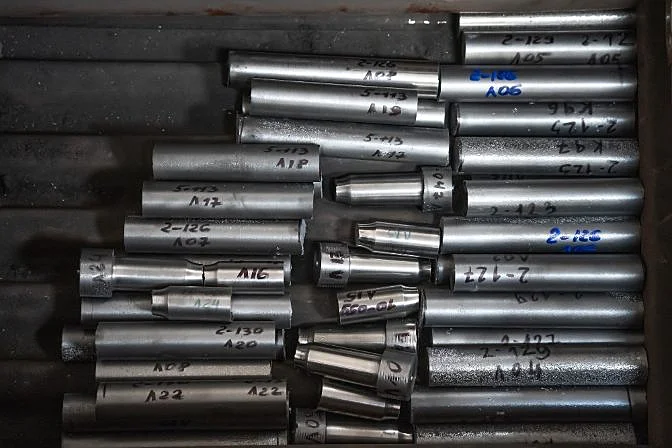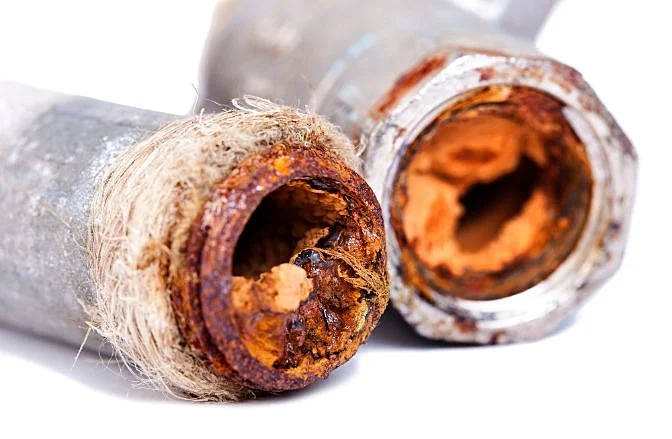Destructive testing is a method used to evaluate the performance of materials, components, or systems by subjecting them to controlled stress until they fail. This type of testing provides critical insights into the limits of a material's strength, durability, and overall behavior under various conditions. During destructive testing, inspectors apply different types of stress—such as tension, compression, torsion, or impact—to the material in order to observe how it deforms or breaks. This process helps engineers understand the mechanical properties of the material, such as its toughness, hardness, flexibility, and resistance to fatigue. Although the term "destructive testing" might sound alarming, it plays a vital role in quality assurance and safety protocols across many industries. It is often referred to as destructive physical analysis (DPA) or destructive material testing (DMT). Destructive physical analysis is essential for determining the safe operating limits of components and ensuring that maintenance and replacement schedules are accurate. It is widely used in failure analysis, process validation, and materials characterization, often complementing non-destructive testing (NDT) techniques like digital radiography. In this guide, we will explore the different types of destructive testing methods, their applications, and why they are so important in engineering and manufacturing. Destructive testing involves intentionally damaging or destroying a material to analyze its failure point. Unlike non-destructive testing (NDT), which allows for inspection without causing harm, destructive testing provides direct insight into the material’s structural integrity and performance limits. These two testing approaches are used in different scenarios. For instance, destructive testing is typically conducted during the development phase of a product to assess its behavior under real-world conditions before mass production. On the other hand, NDT is used on operational assets to detect early signs of damage, prevent failures, and support maintenance planning. [Learn more about NDT in this in-depth guide.] Destructive testing is commonly performed in laboratories by specialized technicians or third-party testing providers. It is an essential part of quality control and safety assessment in a wide range of industries. Industries that rely heavily on destructive testing include aerospace, automotive, chemical, construction, defense, electrical engineering, fabrication, infrastructure, manufacturing, oil & gas, petrochemical, pipeline, power generation, and even software development. Various professionals conduct destructive tests, including chemists, electrochemical experts, failure analysts, material scientists, metallurgists, polymer engineers, quality control analysts, and compliance specialists. Destructive testing methods are designed to simulate real-world environmental conditions and stresses that materials may experience. These tests help determine how a material behaves under pressure, heat, corrosion, or repeated use. The most common types of destructive testing include: Each method serves a unique purpose in evaluating the material's properties and reliability. This test simulates extreme conditions such as high salinity, humidity, hydrogen sulfide, and carbon dioxide to evaluate how materials perform under corrosive environments. It helps identify potential failure points due to exposure over time. Corrosion testing evaluates how materials react when exposed to saltwater or freshwater. It is crucial for assessing long-term durability and identifying vulnerabilities in materials used in marine or industrial settings. Fracture and mechanical testing includes a variety of methods, such as the Charpy impact test, bend test, and weld fracture test. These tests help identify weaknesses in materials and welds, ensuring structural integrity and safety. Fatigue testing simulates repeated loading and unloading cycles to determine how materials withstand long-term stress. It is especially important for components used in vehicles, aircraft, and machinery. Hardness testing measures a material's resistance to permanent deformation. The Rockwell scale is commonly used to assess this property, helping engineers determine how well a material will hold up over time. Hydrogen testing is used to assess how materials react when exposed to hydrogen, particularly in environments where hydrogen embrittlement could occur. This is especially relevant in the energy and chemical industries. Residual stress measurement helps determine internal stresses within a component. Techniques like neutron diffraction and X-ray diffraction are used to analyze stress distribution and predict potential failure points. While not a traditional form of destructive testing, software testing involves evaluating the functionality and reliability of software systems. Engineers perform these tests to ensure software performs correctly under various conditions and to identify bugs or vulnerabilities. Tensile testing stretches a material to determine its breaking point, elongation, and tensile strength. This information is essential for selecting the right materials for specific applications. Tensile (Elongation) Test Torsion testing applies twisting forces to a material to measure its shear strength and determine the point at which it fails. This is useful for evaluating the performance of shafts, bolts, and other components subjected to rotational stress. One of the most well-known examples of destructive testing is crash simulation, used extensively in the automotive and aerospace industries. These tests help ensure that safety equipment functions properly in the event of a failure. In aerospace, components are tested under extreme temperatures and pressures to ensure that critical systems, such as oxygen masks, remain functional. Similarly, safety glass is tested using sandbags and fire to evaluate its resistance and performance under impact and heat. Fire-resistant personal protective equipment (PPE) is also tested through destructive methods to meet IEC and ASTM standards. These tests involve exposing the gear to simulated electrical arcs or open flames to determine its energy resistance before failure. Destructive testing is also vital in the construction industry, particularly for materials used in boilers and high-pressure systems. Tensile testing ensures that welds and structures can withstand the extreme conditions they will face during operation. Mini Loaders,Mini Pay Loader,Mini Wheel Loader,Mini Front End Loader Shandong Yineng Heavy Industry Co.,Ltd , https://www.yinengloader.comWhat Is Destructive Testing and How Does It Work?
 Metal samples for strength testing | Source: DedMityay, iStock
Metal samples for strength testing | Source: DedMityay, iStock
What Is Destructive Testing?
What Industries Use Destructive Material Testing?

Destructive Testing Technicians
Destructive Testing Methods
Aggressive Environment Testing
Corrosion Testing
 Corroded pipes
Corroded pipesFracture and Mechanical Testing
Fatigue Testing
Hardness Testing
 Hardness testing | Source: Kimtaro, Dreamstime
Hardness testing | Source: Kimtaro, DreamstimeHydrogen Testing
Residual Stress Measurement
Software Testing
Tensile (Elongation) Testing

Torsion Testing
Destructive Testing Examples
June 30, 2025